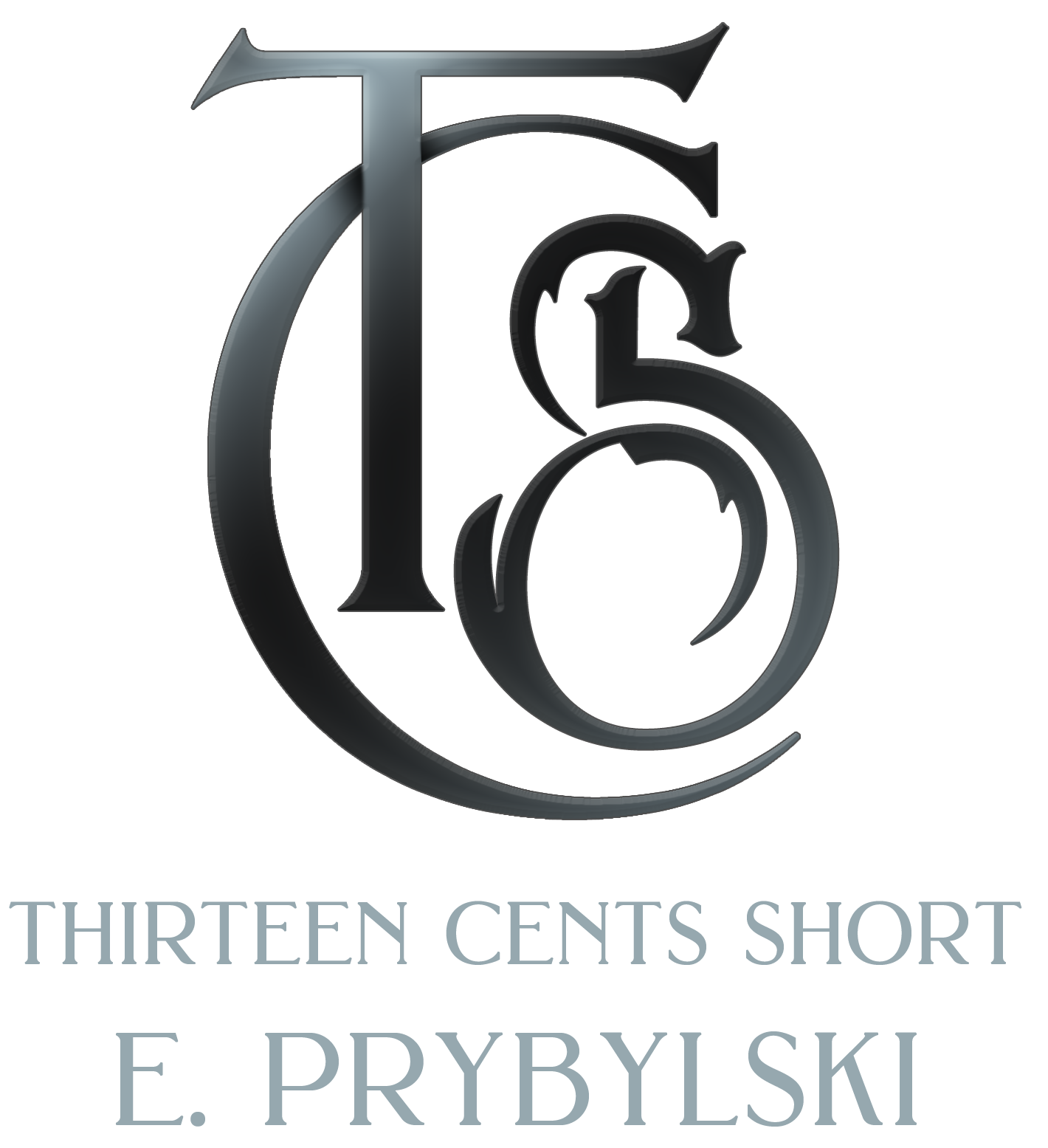This is mostly for the self-pub crowd, so if you are planning on trad. publishing then this will maybe be interesting, but it won’t be as important to you as it is to folks who are doing this on their own.
Typesetting is one of the most overlooked bits to putting a book together. Everyone knows about cover art and editing and marketing and… but they forget typesetting.

Typesetting is different from interior design which are the doodads that make your book pretty, like artwork. Instead, it’s the long slog through the text making sure widows and orphans don’t exist, preventing words from hyphenating onto the next line, and making sure, overall, the book is prepared for print.
I’m writing this coming off the heels of typesetting my first book, so I shall share with you my tale of woe. I know that sounds dramatic, but it’s 5:30am and I haven’t been to bed yet. I also started this project at around 11pm. I’m insane that way.
Anyway, the first thing I will tell you is DO NOT TYPESET IN WORD. A lot of self-published folks try and do this, and it’s one of the biggest mistakes you can make. Word doesn’t output clean enough documents and doesn’t have the tools to make typesetting easy or smooth. Sure, you can theoretically do it just like you can theoretically tapdance on a chocolate cake. But the results are… lamentable.
From there you will be looking at design programs. The first I will mention is Scribus. I dabbled with it, but couldn’t figure it out well – however, since it’s open source it’s a great idea for authors who want to do typesetting on the cheap. And I am sure there are tutorials out there, so if you want to take the time to learn it I am certain that it can work for you. I know many people who swear by it, so I have nothing bad to say regarding the program.
Second is Microsoft Publisher. I started my project in Publisher and by about 12:30am I was screaming for mercy. The auto-flow wasn’t auto-flowing, and I was about to scream and punch my monitors. Both of them. However, I restrained myself because they are kind of important to my job. It is more user-friendly on the surface that Scribus or the next program I’m going to mention, but it definitely lacks in the arena of ease of use once you get into the crunchy bits, and the auto-flow function is… well I have nothing to say about it that won’t come out in furious cussing.
Finally is the program I learned at about midnight after watching this tutorial. After that I have, other than finishing a few minor notes, finished typesetting the whole book. So, all in all, it was maybe four hours in InDesign to typeset a nearly 400 page book. It looks intimidating on the surface, but once you begin using it the powerful features become indispensable and you will find yourself able to accomplish a lot of work with very little effort and time. No joke. The downside is that InDesign is expensive since it’s put out by Adobe. I am lucky enough to have the CS3 package from back when I was in college, and it works just fine for everything I need.
While I could talk your ear off about the details of typesetting all I have the brain for right now is telling you that it is important, and that you can do it yourself pretty easily if you have the correct tools and tutorials.

[…] Typesetting Programs […]